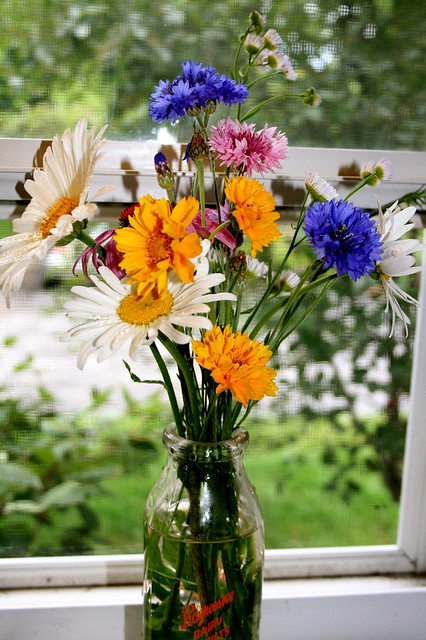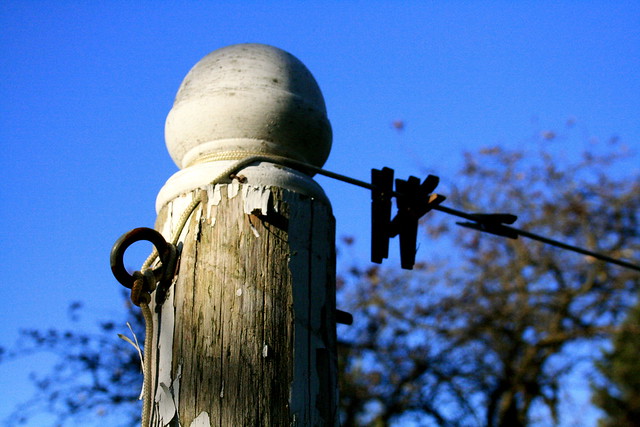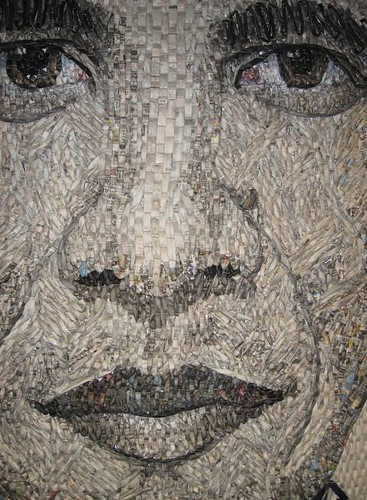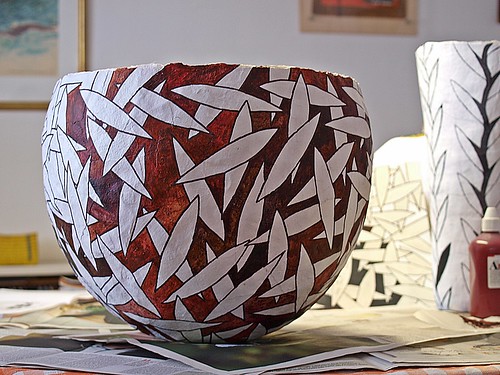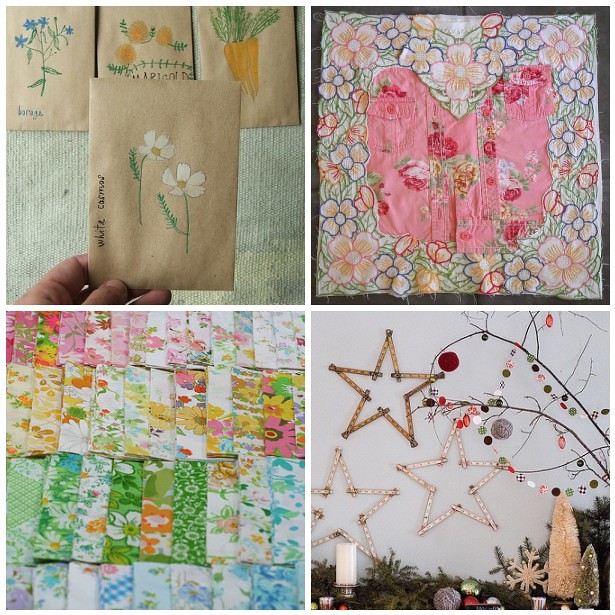i've been pondering our posts in the back of my head, as i move about the house, cleaning, cooking, sewing...doing things domestic. and i realized that what we've written about, on the whole, are domestic ways of being sustainable - recycling, natural cleaning products, cooking. we seem especially interested in food. maybe it's just that we blog when we're hungry, but maybe it's that food is the easiest and most obvious place to begin. a concrete thing that we use every day and where we can, as consumers (because that's what really underlies all of this - consumerism), make choices that seem sustainable - to consider food miles, how the food was grown, whether it was treated well while it lived, whether excessive pesticides were used, how it's packaged. it's a place to start.
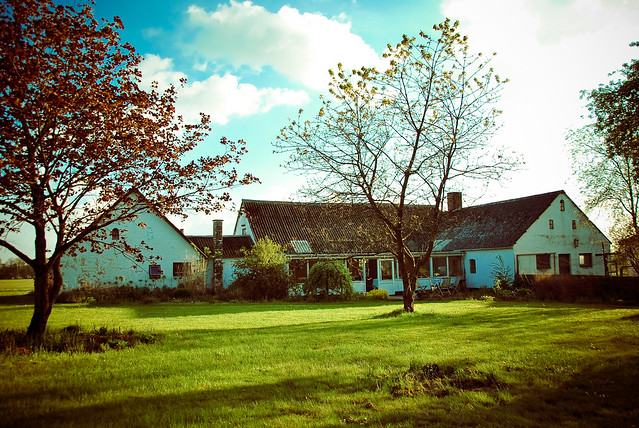 |
| taken last summer, just after we moved in |
as you know, we live in an old farmhouse. it isn't one of those grand old manor houses, nor did it ever belong the wealthiest peasant in the area. our lake isn't a natural lake, but was formed when they dug out peat for heating purposes - it's a peat bog lake. and our house was sort of the peat bog central...there were even once railroad tracks across our field from the lake, where they brought the peat up from the lake to the road. but all of this means that our house lacks nice features and details found in many old houses...high ceilings, nice woodwork, built-in shelving or fireplaces. it's very clear that everyone who has lived here was skirting the edge of poverty and didn't invest much in the house.
there are seven different ceiling materials used throughout the house. the electrical board hadn't been touched since 1941 (not even kidding) - you have to pump a metal arm up and back to reset the system. insulation is practically non-existent. it's clear that the radiators in the house have been gathered here and there, probably from the scrap heap at the dump, as there aren't two alike. that bit of recycling i could have done with out, unless they managed to do it with style, which they didn't. see, already, i put limitations and caveats on the sustainability...if it doesn't
look good...how spoiled are we? and by we, i mean me.
 |
| the lake, taken on the same day as the photo above |
but there are some creative solutions that they came up with - those railroad tracks that once brought the peat up from the lake now compose the ceiling of one length of our house. those who lived here for 30-some years (not the ones we bought the place from, but the ones before them), recycled those railroad tracks into bearing beams which hold up the ceiling in the barn (which is shaping up into husband's workshop and will be my "curry kitchen" sometime next summer and where, upstairs, the new blue room will take shape). now, that's the kind of sustainability i like - reusing materials in a creative way, rather than buying new.
and although i'm spoiled and have a definitely opinion on what's stylish and acceptable, in our remodeling/rebuild of this house, we are striving to use as many recycled materials as we can. husband actually worked every weekend for a month, tearing down a house because he could have the materials for free - big bearing beams and roof construction and loads of bricks. all of those will be reused in our project. we have a collection of old barn windows - and while they're not up to today's thermal window, double-glazed standard, they will be beautiful in our "
pleasure house" at the end of the garden, and i have an idea for an inside wall made of them.
not only does using recycled materials keep them out of the landfill and keep consumption down, since you're not using new wood or plastics or bricks - it lends character and soul.
and although what i do as an individual on this sustainability thing isn't going to be more than the tiniest whisper of a drop in the bucket in the big picture, we have to begin with ourselves.


